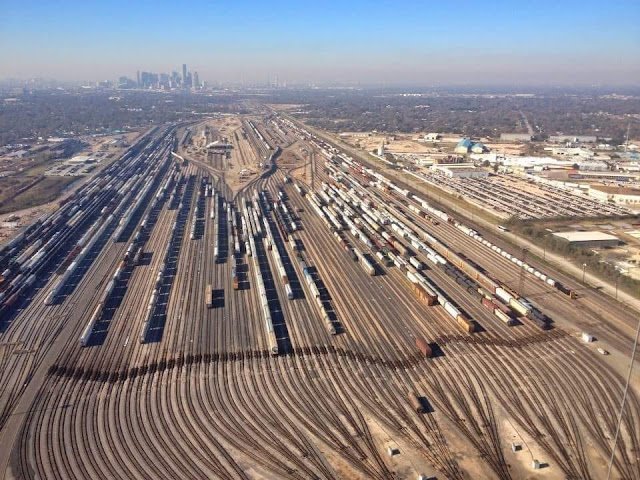
Northeast Houston Coalition
Houston, Texas
Northeast Houston, especially the Greater Fifth Ward and Kashmere Gardens, are experiencing a health crisis brought on by years of industrial growth followed by decades of neglect.
THEA’s involvement in the formation of the Northeast Houston Coalition allows us to focus public attention on the legacy of toxic contamination and the chronic health problems residents are experiencing.
Cancer Clusters
In 2019 an assessment by Texas Department of State Health Services (DSHS) found abnormally high rates for seven different types of cancer in the Greater Fifth Ward, including four that attack the respiratory system. In Kashmere Gardens, the state found that childhood leukemia rates were five times greater than the state’s average.
The problem is that the studies don’t go far enough. While the state found high rates of childhood leukemia in its study, THEA’s research determined that was the only childhood cancer the state looked into.
THEA has joined with local residents in pushing the state to do a complete health assessment of the area and to take a holistic approach to addressing their wellbeing.

What Are The Area Hot Spots?
-
No one knew. That’s what residents living alongside the railroad tracks say about the site where workers would treat wooden ties with creosote and toxic chemical extenders. Today, we know the Greater Fifth Ward/Kashmere Gardens neighborhood has been found to be a cancer cluster. In 2022, Houston Health Department officials took samples from 47 places around the neighborhood and found cancer-causing dioxin in every sample.
-
This is an example of how easy it is for a location to become contaminated and how long it takes to repair the damage. For 15 years, the Houston Creosoting Company treated wood products here, until it shut down and the property was foreclosed on in 1961. It has been on the National Priority List for more than 40 years and, although the EPA has capped and stabilized the contaminated waste, it continues to monitor the site for 32 toxic chemicals.
-
Less than a half mile away from the North Cavalcade Superfund Site, the South Cavalcade site is another wood treatment site dating back to the early 1900s. Later, Koppers Company, Inc. distilled coal tar and treated wood with creosote and metallic salts. And like the site to the north, the South Cavalcade Site has been on the National Priority List since 1986. While an EPA-mandated remediation plan is in place, contaminated groundwater continues to be pumped from around the 66-acre site and it must be continuously monitored to keep it from seeping beyond the boundaries of the site.
Census data indicates that more than 40,000 people live within three miles of these three sites alone. Researchers at Rice University and other universities identified many other abandoned relic industrial sites that have yet to be determined safe and free of harmful contaminants.

